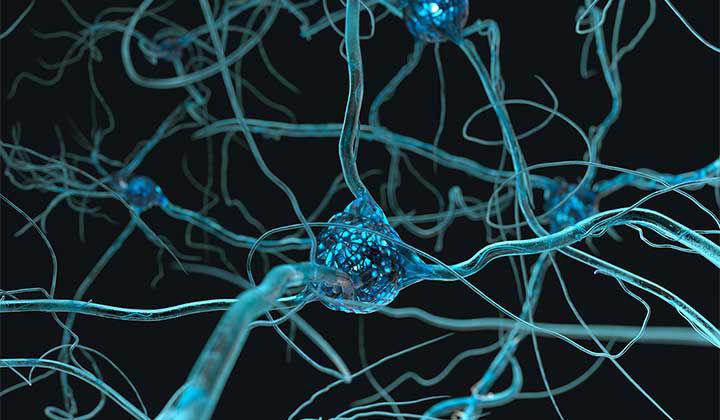Affordable, non-invasive blood biomarkers for faster neurological answers
Neurofilament light chain (NfL) is a neuron-specific protein routinely released into the extracellular space. NfL test levels rise above baseline in response to neuronal injury and neurodegeneration.
NfL has been widely studied and has demonstrated utility for various neurodegenerative diseases1, including:



